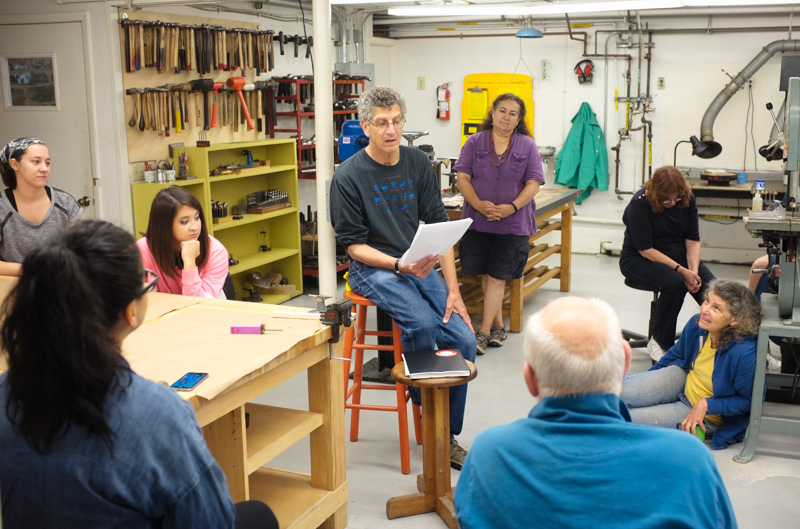Core fellows got their name because they are at the very core of the Penland community. They are fully engaged with life at the school—they take classes, work in their own studios, live together on campus, and keep the school running alongside Penland’s staff. It’s a pretty special and unique opportunity for emerging artists, and most core fellows find that their two years here are transformative in ways they didn’t even anticipate.
Here’s how some past core fellows have described the experience in their own words:
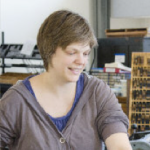
“I have learned so much about so many different materials and so many different approaches to art and living in community. Because I make things, I get to have experiences that I would never be able to have otherwise. As a core student, I’ve been able to take fourteen Penland classes in two years. That’s a pretty incredible gift.” —Amanda Thatch

“We work so closely together and influence each other so much that the program is like an idea factory. It’s definitely a situation where the whole is greater than the sum of its parts. We work hard, but we get a lot for it. I find that the work makes me feel more integrated into the whole school.” —Daniel Beck
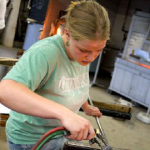
“I learned so much from being exposed to different teachers and different ways of doing things. I also learned about many things other than craft or art: I learned about landscaping and cooking, for instance, and, more than anything else, about communicating with other people. I think I’ve grown more in the past two years than in any other time of my life.” —Courtney Dodd
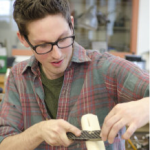
“My time as a core student has been seminal in every regard. I have grown immensely in my understanding of material and process, and in the sophistication of my artistic vision. I have lived, worked, and learned with people who have had a profound impact on me, and whose influence I will carry forever. I have had the highest of highs, the lowest of lows, and the most cups of coffee.” —Jack Mauch
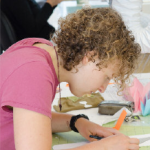
“Being a core fellow at Penland is an incredible blend of being an artist, a staff member, a student, and living in a very close community. Everything is intense: so much more than I think it normally would be. Living with the other core fellows and learning from them—as artists, as colleagues, as people—has been amazing.” —Rachel Mauser
If the Core Fellowship Program piques your interest, then mark down October 15, 2015 on your calendar. That’s when applications for next year’s core fellowships are due. For more information, visit the Core Fellowship page.


